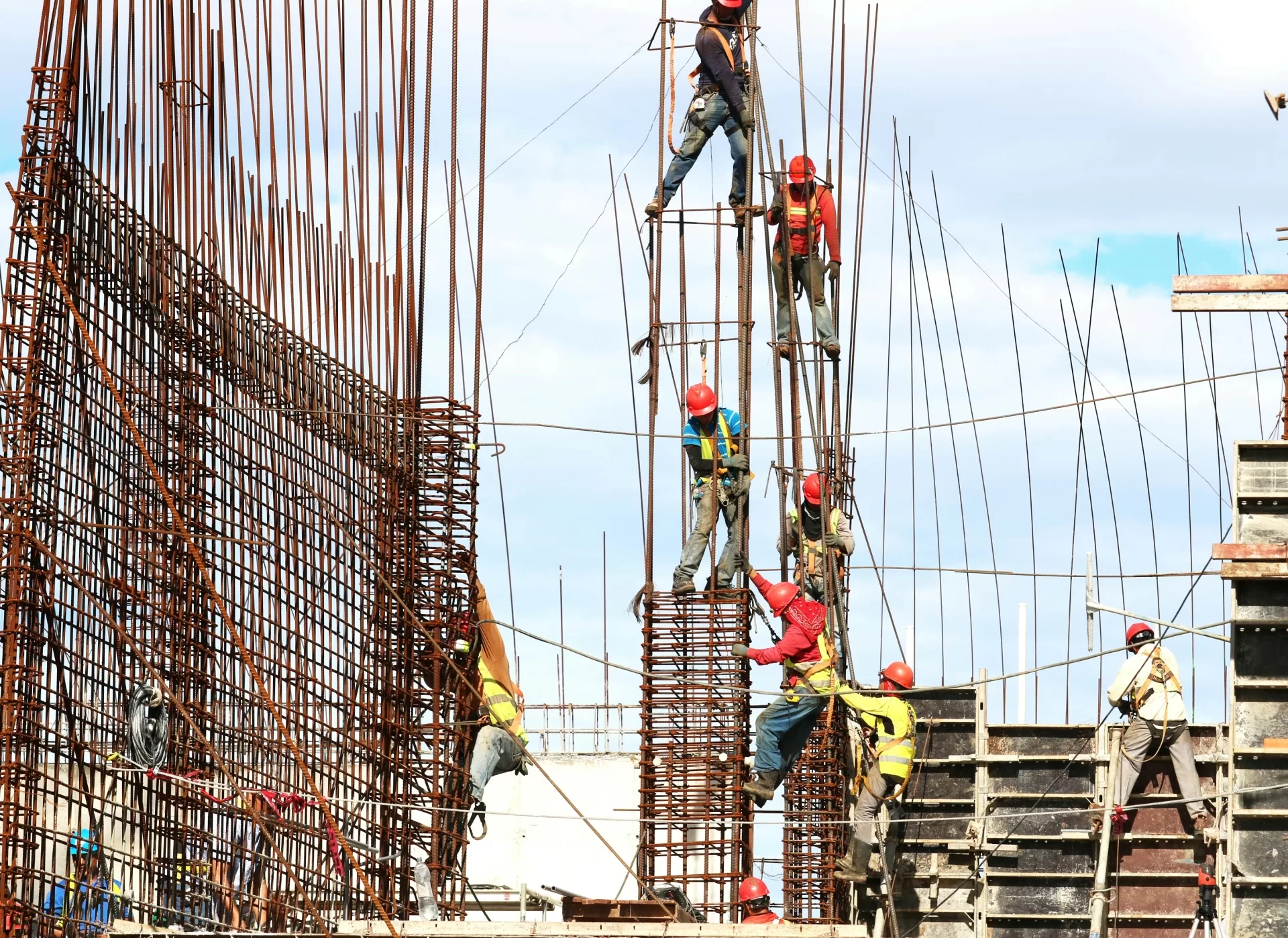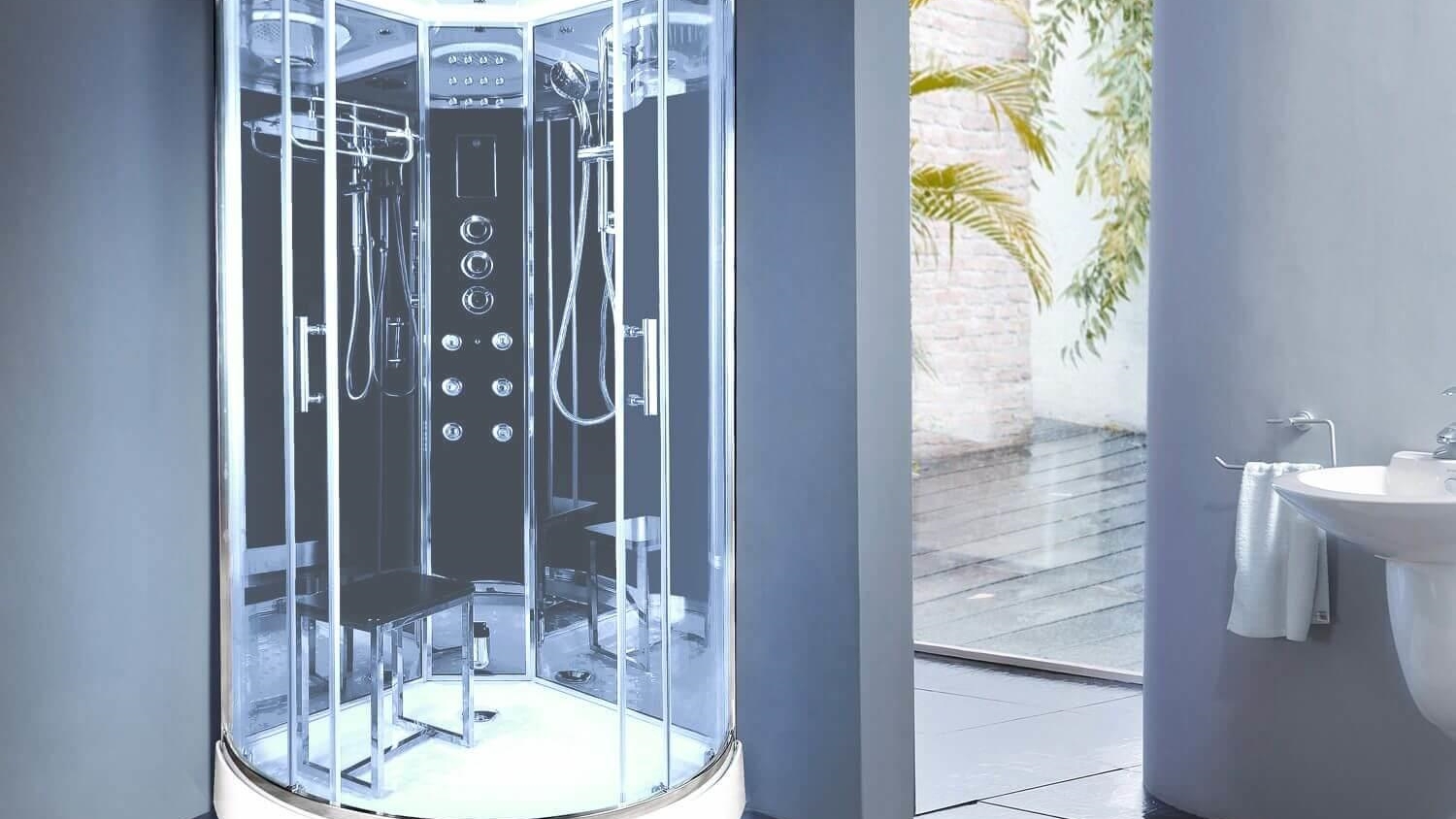For every blissful poolside moment, there lies a series of safety and accessibility choices that pool owners must grapple with. Among the essentials, pool handrails stand as a silent guardian, providing a secure point of support or a helping hand to those entering or exiting the cool, inviting waters. Choosing the right pool handrails isn’t simply about aesthetics; it’s a crucial decision that can impact the safety and enjoyment of your pool. This definitive guide provided in collaboration with Toronto Pool Supplies dives into the deep end of pool handrail selection, demystifying the process for pool owners, home improvement buffs, and parents safeguarding their little swimmers.
When it comes to outfitting your pool area, safety features often take a backseat to visual elements such as tile mosaics and lounge chairs, yet pool handrails are a component that combines function with style in a unique way. The selection process can be daunting, with a myriad of options available on the market. By understanding the ins and outs of pool handrails, you can make an informed decision that aligns with your pool design, maintenance preferences, and, most importantly, the safety of swimmers.
The Gentle Assist
Pool handrails might seem like a minor detail, but for children learning to swim, elderly individuals seeking a relaxing float, or individuals with physical impairments, they are a lifeline. Here, we explore the various factors to consider when investing in this essential pool accessory, ensuring that your choice stands the test of time and meets the unique needs of your environment.
Understanding Pool Handrails
Before you make a purchase, it’s important to understand the basics of what comprises a pool handrail. From its construction to its intended use, you need to know what you’re dealing with.
The Backbone of Pool Safety
A pool handrail, much like a handle on a public transit vehicle, is there to provide stability when entering or exiting the pool. Constructed from durable materials and often affixed to the pool deck, the handrail’s primary purpose is to reduce the risk of slips, falls, and accidents that can occur at the pool’s edge.
Material Matters
Once a structural necessity, pool handrails have evolved into an element that also contributes to the pool’s aesthetic. Materials like stainless steel, aluminum, and PVC are popular choices, each offering a balance between strength, durability, and resistance to the elements.
Choosing Pool Handrails
With the essentials down, you can now weigh your options. There are several considerations to mull over before making a final decision on your pool handrails.
Pool Type and Configuration
The type of pool you have will dictate what kind of handrails you can install. In-ground pools, for example, offer more permanent handrail solutions, while above ground pools might require handrails that can be removed for storage.
Material Durability and Longevity
Investigating the durability of various materials will help you ensure your handrails will withstand the sometimes harsh conditions of poolside life. Stainless steel, for instance, is known for its long lifespan and resistance to rust.
Design and Aesthetic Appeal
Today’s pool handrails come in a plethora of styles, from the ultra-modern to the timelessly elegant. Choosing a design that complements your pool’s overall aesthetic can enhance the visual appeal of your outdoor space.
Installation and Maintenance Effort
Some handrails are easier to install than others, requiring different tools and techniques. Consider not only the initial installation but also the ongoing maintenance the handrail will need to remain in top condition.
Budgetary Constraints
An all-important factor in any home improvement decision is your available budget. Pool handrails are available at a wide range of price points, so you’re likely to find an option that suits your financial plan.
Freshwater vs. Saltwater Handrails
The chemical composition of your pool water can have a significant impact on the longevity and maintenance of your pool handrails.
Choosing the Right Handrails for Your Pool Water
Freshwater pools are friendlier to most materials, but saltwater pools pose specific challenges, especially to metals. There are handrails specifically designed to resist the corrosive effects of saltwater, like marine-grade stainless steel and certain types of coatings.
Maintenance 101
Preventative maintenance is key to keeping your pool handrails in top shape. Routinely cleaning and inspecting the handrails can help you catch any degradation early and prevent accidents due to structural issues.
Handrail Designs
Pool handrails come in various shapes and sizes. The design of the handrail can impact not only the user’s experience but also the pool’s overall safety profile.
Straight vs. Curved Handrails
Straight handrails offer simplicity and a streamlined look, while curved handrails can provide a more inviting and dynamic visual element. Consider the design of your pool and which style would best complement it.
Single vs. Dual Handrails
The number of handrails you choose can depend on the size and use of the pool. Dual handrails, for instance, offer added support and can be useful for areas with heavier traffic or where individuals might need to hold on for a longer time, such as in therapeutic pools or hot tubs.
Ergonomics and Comfort
Handrails should be comfortable to grip, especially for individuals with weaker hands or those who may need to hold on for an extended period. Ergonomically designed handrails consider the user’s comfort, ensuring a positive experience every time someone uses the pool.
Installation and Maintenance
Even the sturdiest handrails require proper installation and care. Neglecting these aspects can lead to a host of problems down the line.
The Installation Process
Properly installing pool handrails is crucial, as this affects the safety and longevity of the structure. Hiring a professional can ensure that the handrails are securely anchored and correctly positioned, allowing you to enjoy your pool with peace of mind.
Ongoing Maintenance Considerations
Regular maintenance, such as tightening bolts, cleaning, and ensuring the supports are still sturdy, is essential. Setting a maintenance schedule can help you prevent accidents and prolong the life of your pool handrails.
Pool handrails might not be the flashiest aspect of your pool area, but they play a significant role in its overall safety and functionality. By following the guidance provided in this blog, you’ll be equipped to make an informed decision about the right handrails for your pool, ensuring that everyone who takes a plunge is well-supported. Remember, safety should always come first, and in the case of pool handrails, a little research goes a long way.
We hope this guide has helped you wade through the waters of handrail selection with clarity and confidence. Happy swimming, the safe way!










